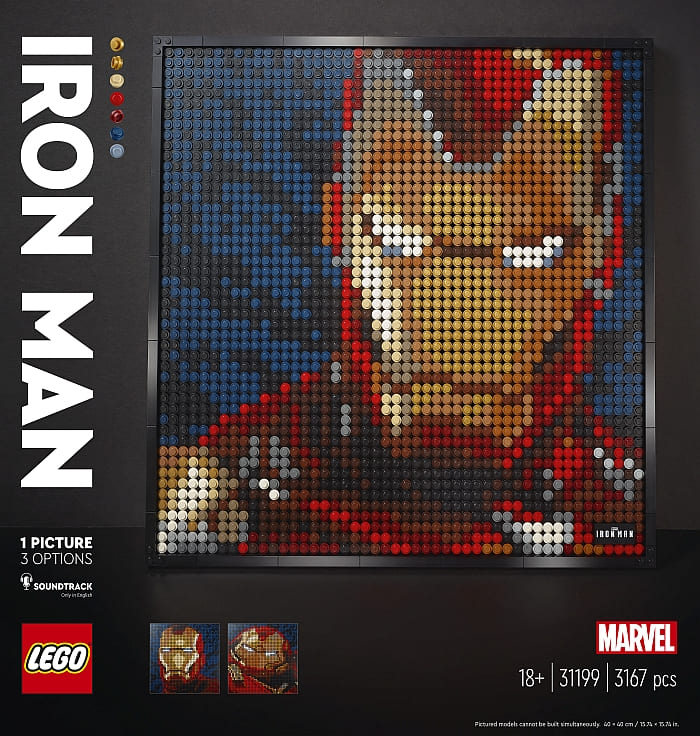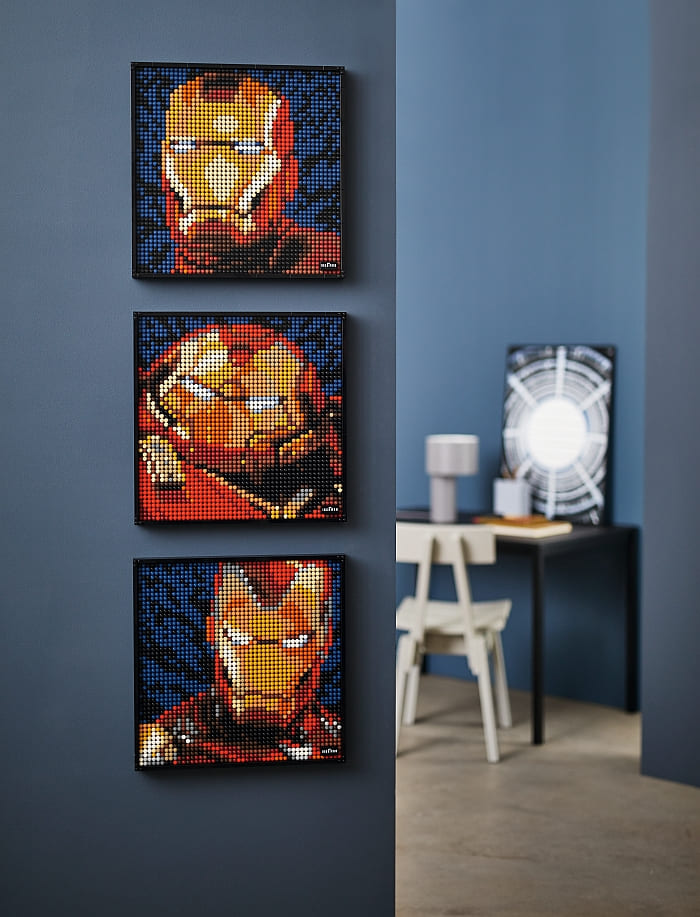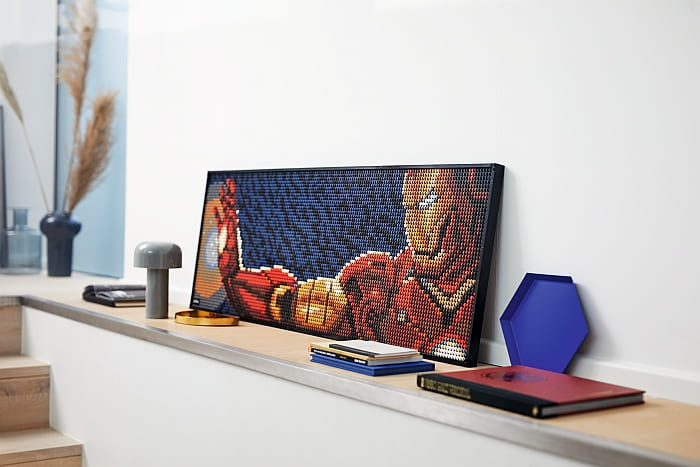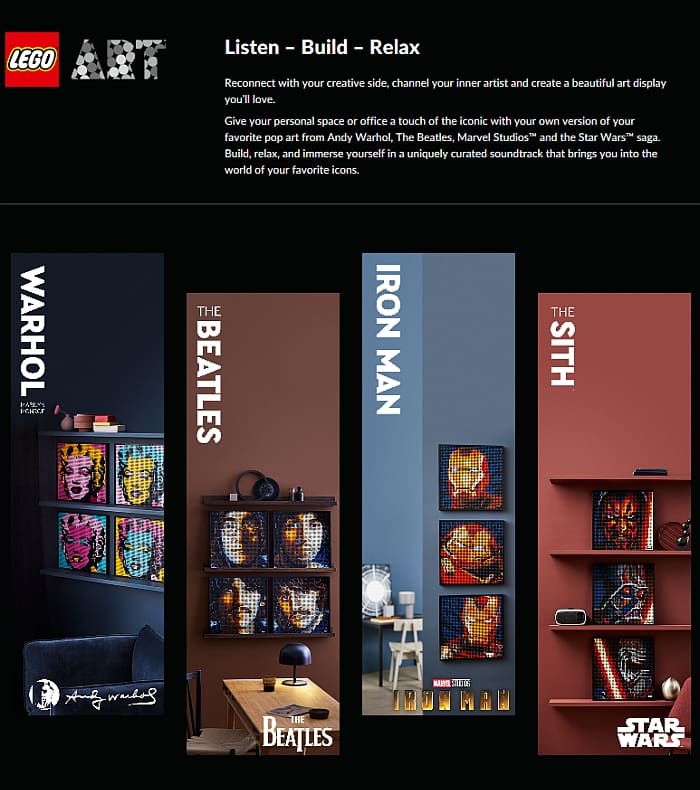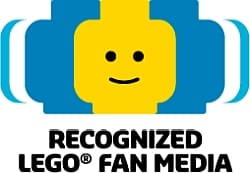There are a couple of updates from BrickLink, the Online LEGO Marketplace that I thought would be good to discuss. As you probably know already, BrickLink is now owned by the LEGO Group, and they are gradually making changes to bring the marketplace in line with their policies and procedures. As any changes they make has the potential to significantly impact the LEGO fan community, it’s a good idea to keep an eye on their announcements.

You might remember from our previous discussion (see: BrickLink 20th Anniversary Special Events), that BrickLink just celebrated it’s 20th birthday. Starting on June 19th, they held 20 days of events. This included spotlighting distinguished members of the community who played a vital role in bringing BrickLink and its features to where it is today, holding fun and friendly competitions related to BrickLink’s history and features, sharing over 150 stories written by members about how they came across BrickLink and their experience since, and celebrating the diversity of the BrickLink community. As a token of appreciation, spotlighted members and top scorers from the various challenges are going to get a gift box with some BrickLink goodies. You can read more about the event and what took place here: Celebrating 20 Years of BrickLink
After all the celebrations, things are back to business, with the first important news item that starting this month, BrickLink is going to start charging sales tax and VAT. Below is the full announcement that was sent out to BrickLink members a few days ago.
Dear BrickLink member,
Over the next few weeks, BrickLink will undergo some changes that will affect our membership. These changes are necessary for our platform to be compliant with sales and use tax and VAT legislation where applicable. We also feel they will help build our reputation as a well-regarded ecommerce site. These changes are broken down into three categories outlined below:
1) We will begin to collect sales and use tax in the United States. We have already registered in two states – Connecticut and California – and we plan to register in more states within the next few months. All orders shipping to an address in these states, even from stores outside the United States, will be subject to this tax requirement. We anticipate BrickLink will start collecting this tax by the end of September.
2) We will begin charging VAT on BrickLink fees to EU sellers who have not enabled the VAT feature on BrickLink. The first invoice date this will take effect on is Aug 5, 2020. All VAT-enabled EU sellers will now have their VAT registration checked by BrickLink.
3) We will soon present you with a revised Terms of Service. You will have about a week to read the new terms before the terms go into effect on Aug 4, 2020. The major changes are related to the charging and collecting of taxes and the change of company from BrickLink Limited to LEGO BrickLink, Inc.
For further information about these changes, visit this FAQ page, and you can also check out the discussion about the announcement at the BrickLink Forum.
Another interesting piece of news came to light when discussing the cancellation of the #42113 LEGO Technic Bell-Boeing V-22 Osprey set we talked about the other day (see: LEGO Technic Bell-Boeing V-22 Canceled). Although the set is canceled, LEGO did not recall shipments that already went out to retailers. These sets made it to secondary marketplaces where they are selling in the $1,500-$2,000 range. The question came up if those who have access to the set can sell it on BrickLink, but according to BrickLink’s new policy since the takeover, unreleased sets cannot be sold on the marketplace. Thus, those who want the set will have to search for it elsewhere. This is a significant blow to the community not just because of this particular set, but because of other unreleased sets with a similar history that may show up in the future. An even bigger problem is that these sets are not listed in the BrickLink Catalog. The BrickLink Catalog was always considered the most complete database of all products made by the LEGO company, however with the new policy in place, the reliability of the Catalog is getting compromised. It’s something that I hope that LEGO will reconsider.
What do you think? Did you participate in the 20th anniversary celebration? Did you have any favorite activities? And what do you think of the policy changes that LEGO introduced? Feel free to share your thoughts and discuss in the comment section below!
And you might also like to check out the following related posts:


